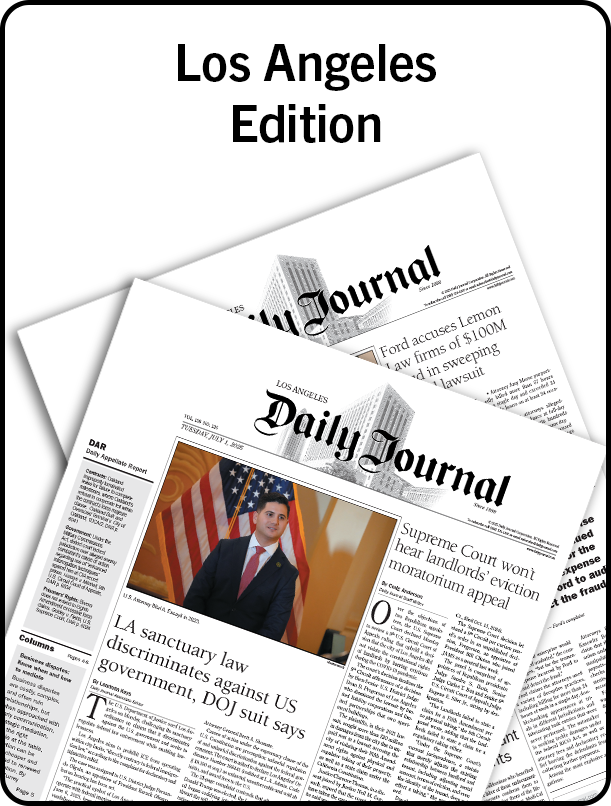Technology,
Law Practice
Apr. 28, 2021
The skinny on computable contracts and AI
Contracts are at times the backbone of legal practice efforts (or, perhaps the angst-producing bane of their existence). Legal scholars and LegalTech practitioners are stridently aiming to entail computable contracts, devised via the use of a contract definition language. By mixing AI into this contract-imbuing milieu, the future of legal contracts is altogether exciting and holds great promise.




Lance Eliot
Chief AI Scientist
Techbrium Inc.
Dr. Lance B. Eliot is a Stanford Fellow and a world-renowned expert on Artificial Intelligence (AI) and the Law with over 6.8+ million amassed views of his AI columns. As a seasoned executive and high-tech entrepreneur, he combines practical industry experience with deep academic research and serves as a Stanford Fellow at Stanford University.
Have you ever tried to mold clay?
Perhaps you have, or at least you've seen others do so. The idea is that you take a raw lump of clay and gradually knead and mold it into whatever kind of object or shape that you are trying to ultimately produce. When attempting to make a clay bowl, you can use your fingers to try and hollow out a boxy bulk of clay and hone the rest from there. Another means to get that desired bowl to emerge would ...
For only $95 a month (the price of 2 article purchases)
Receive unlimited article access and full access to our archives,
Daily Appellate Report, award winning columns, and our
Verdicts and Settlements.
Or
$795 for an entire year!
Or access this article for $45
(Purchase provides 7-day access to this article. Printing, posting or downloading is not allowed.)
Already a subscriber?
Sign In




